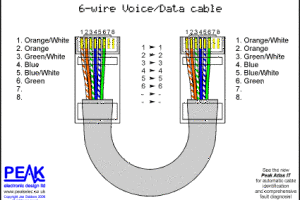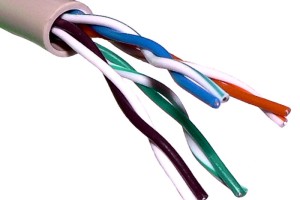Structured Cabling
Overview
Structured cabling can adapt itself to almost every kind of infrastructure. It is flexible in the sense that it can be removed easily and re-installed during department relocations and shift of office premises. When networking patterns change, structured cabling adapts itself and adjusts without causing disturbance in the work flow.
Job Growth
With the increase in the usefulness and implementation of structured cabling comes an influx of potential job prospects. The number of jobs according to Occupational Outlook Handbook in 2012 was 249,400. The job outlook for 2012-2022 is a 7% decline in positions, which is slower than average. They will however increase by 18.300 jobs in the 2012-2022 time period. 18,300
Market
The increasing use of smart phones, tablets and laptops and the need for file sharing, networking and instant access will massively increase the need for data storage and speed. Trends will boost the need for storage and increase the demand for data center capacity.
A newly released study from Building Services Research and Information Association, BSRIA charts the global structured cabling market through the year 2020, concluding that by then the total market will exceed $8 billion. The market totaled $6 billion in 2012, BSRIA says, and will chart a course of 4-percent annual growth through 2020. The global structured cabling market is expected to continue to grow from $6 billion in 2012 to $8.3 billion in 2020. The global structured cabling market is expected to continue to grow, from $6 billion in 2012 to $8.3 billion in 2020.
Market Opportunities
Data Centers
Cabling in data centers accounts for $1.1billion in 2012 or 19% and is expected to grow to $1.6 billion in 2020, still accounting for 19% of the total market. Cabling in LAN is expected to grow from $4.9million to 6.7 million in 2020. The number of outlets per desk and number of workstations will decline, but growth in emerging markets as well as the use of Ethernet networks to connect and even power other devices (access points, cameras, BMC etc.) will have a positive impact on the market.
Local Area Networks (LAN)
Cabling in LAN is at over 80% of the cabling installed. The use of fiber in LAN will continue to be limited primarily to the backbone and for campus applications. Copper products will mainly be found in LAN applications. LAN cabling is a commodity product and the majority of products are sold mainly on price. The emerging markets are expected to grow by 5 to 6% per year and new construction by 10 to 11%.
WI-Fi
The increasing use of Internet devices is putting pressure on networks. Mobile networks can’t cope with the increase in traffic as much of the data is offloaded onto Wi-Fi networks. Other wireless systems are Distributed Antenna Systems, mainly used in large buildings is growing. The number of WLAN access points shipped has doubled in 5 years to 5 to 6 million access points globally and the market is currently dominated by 802.11 products.
Significant growth in most areas on structured cabling will increase in 2014 and beyond. Structured cabling’s adaptability, necessity and technological wireless, LAN, and data center coupling is paramount to its continued success.




